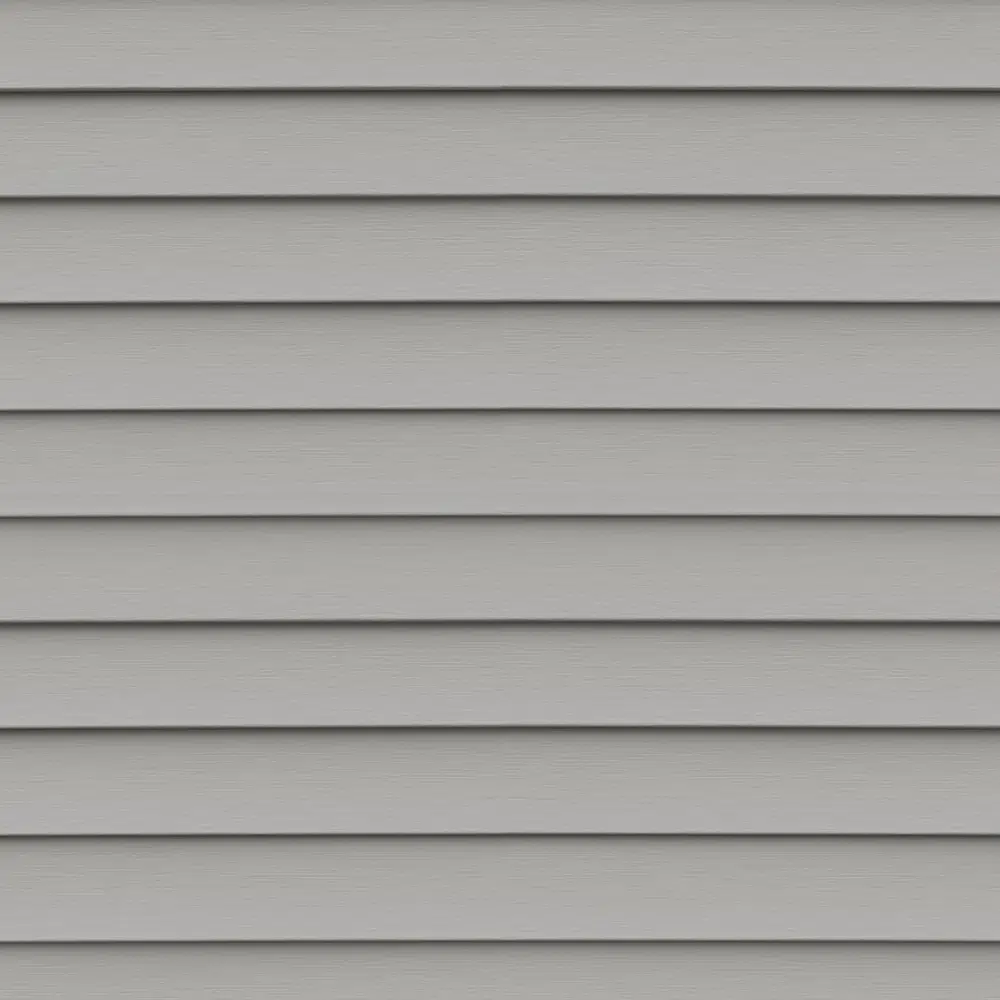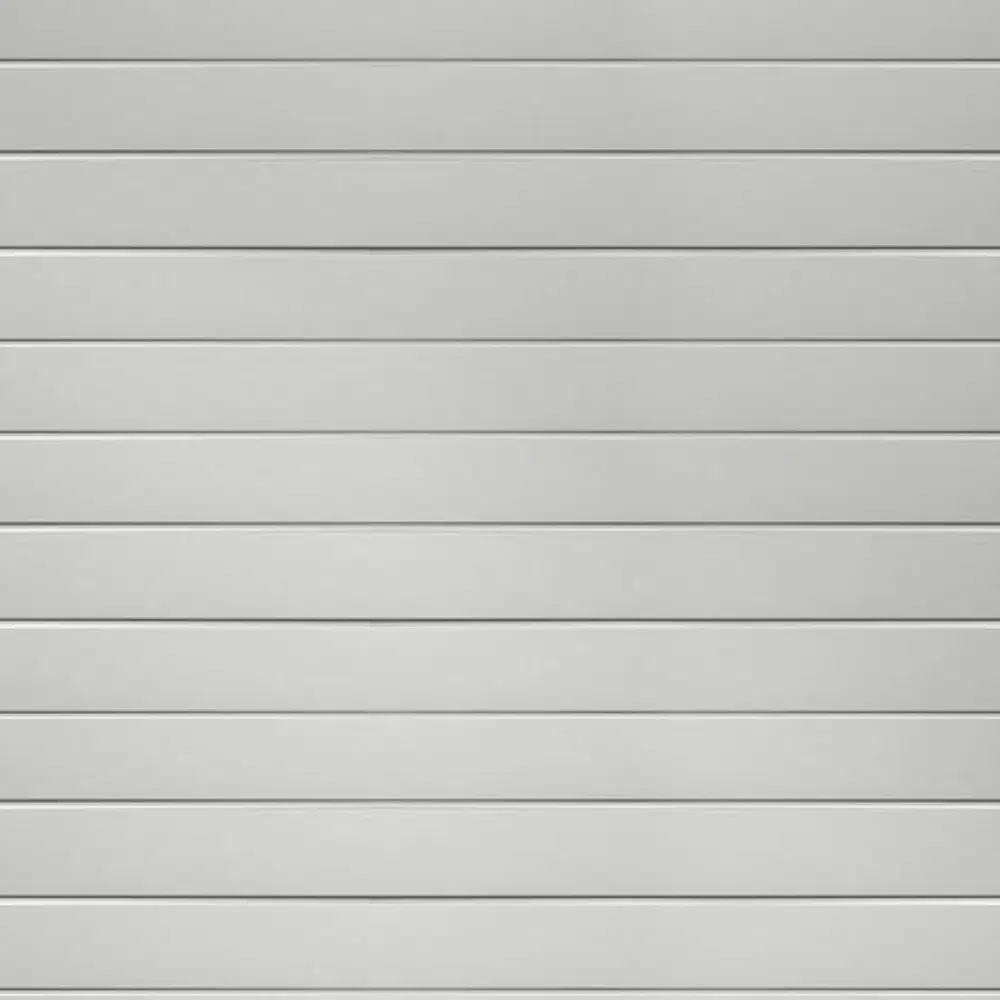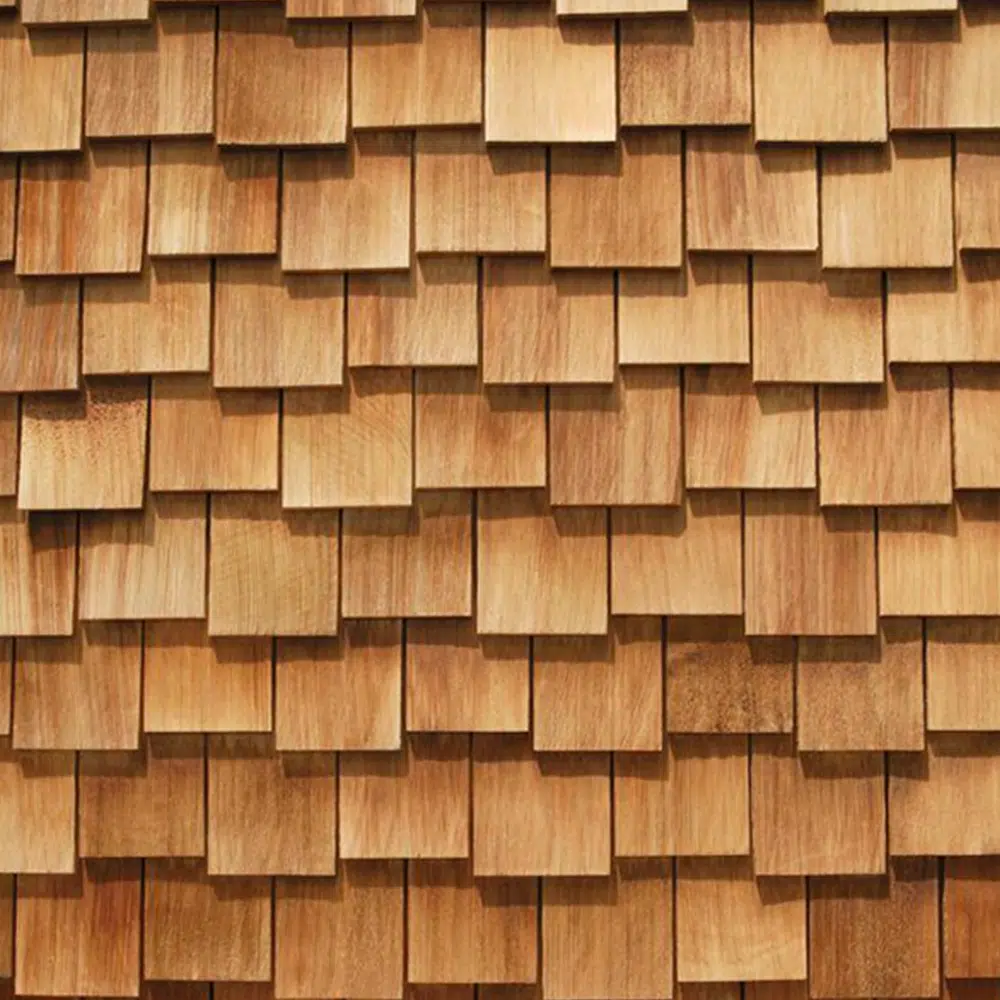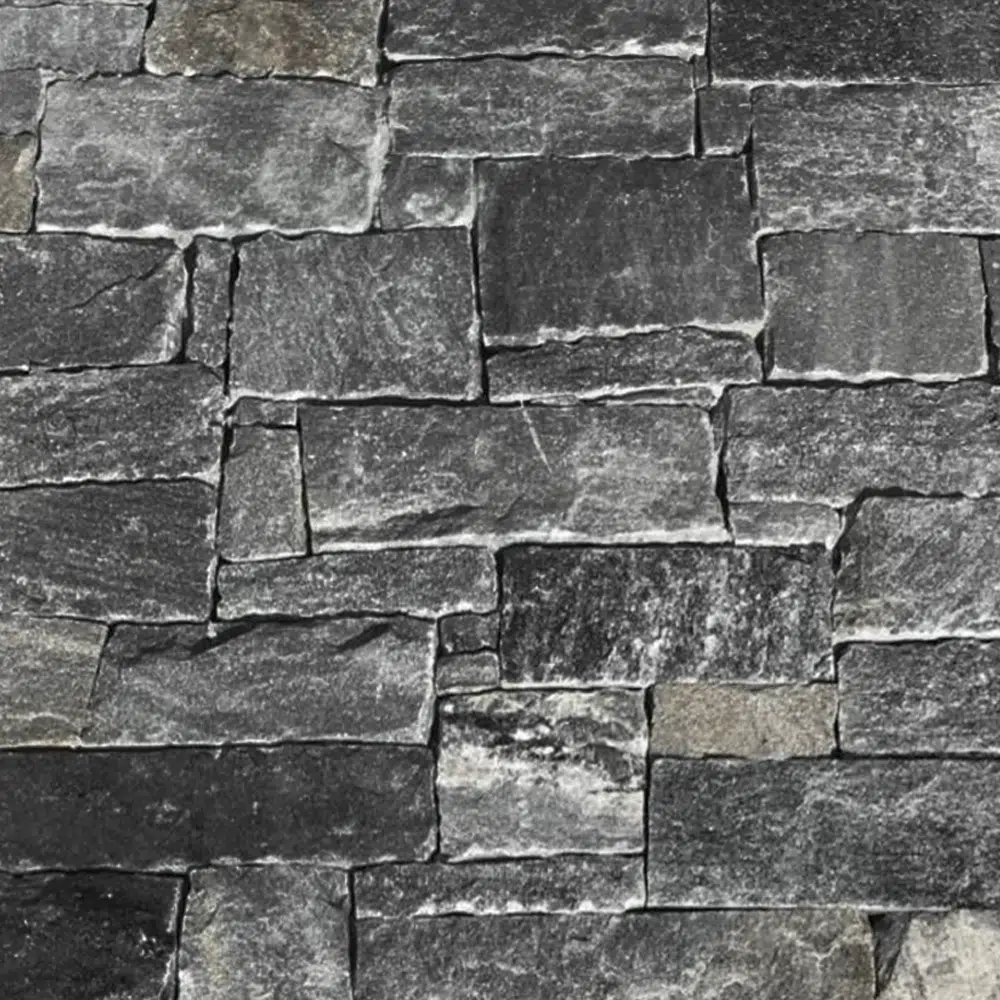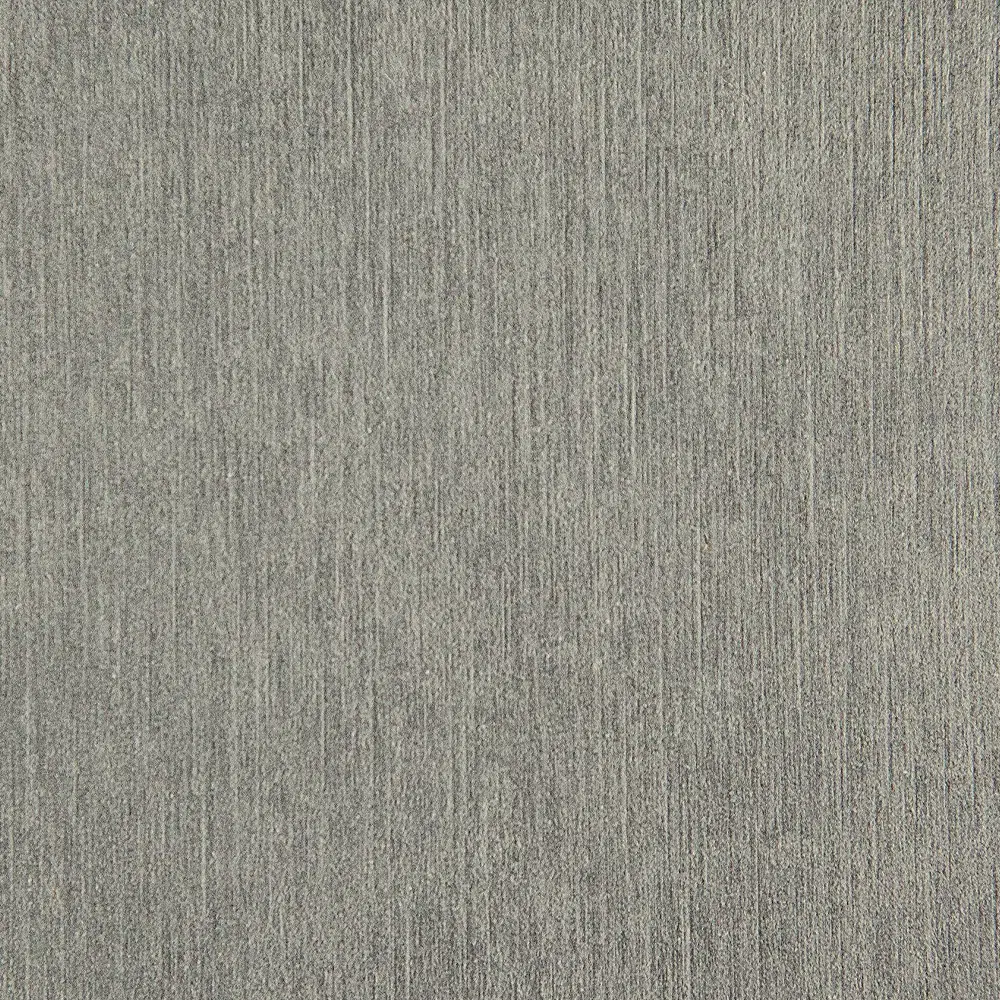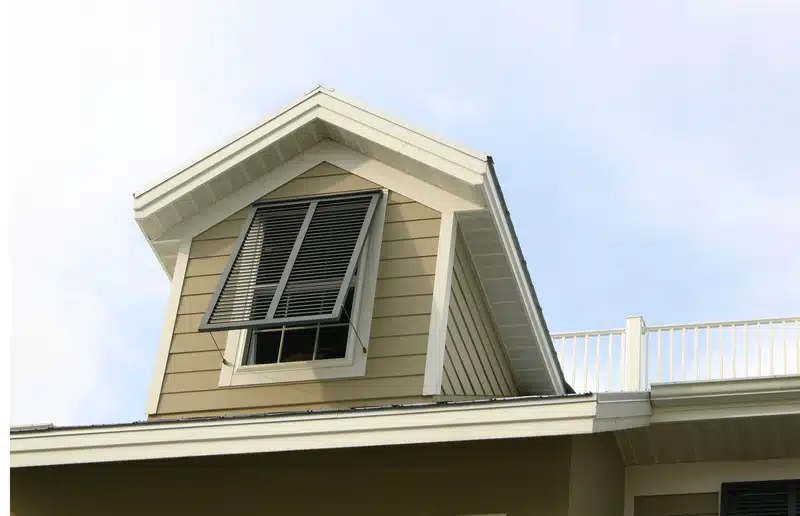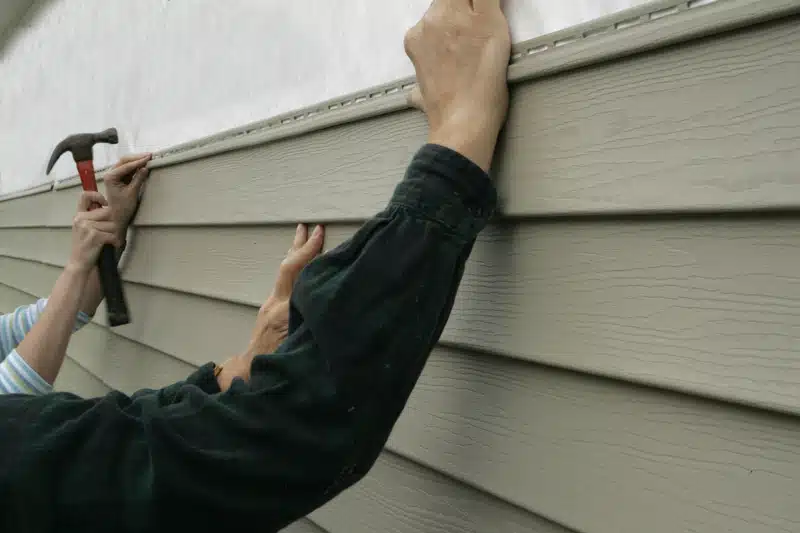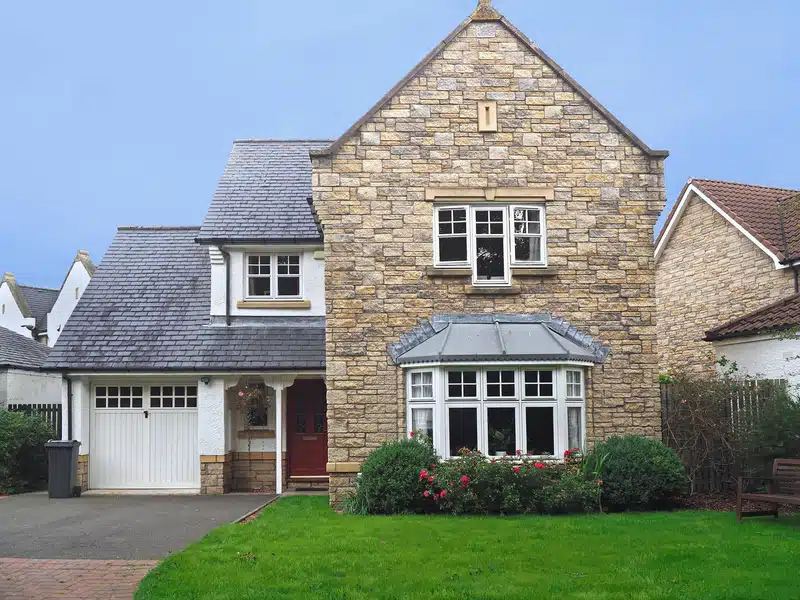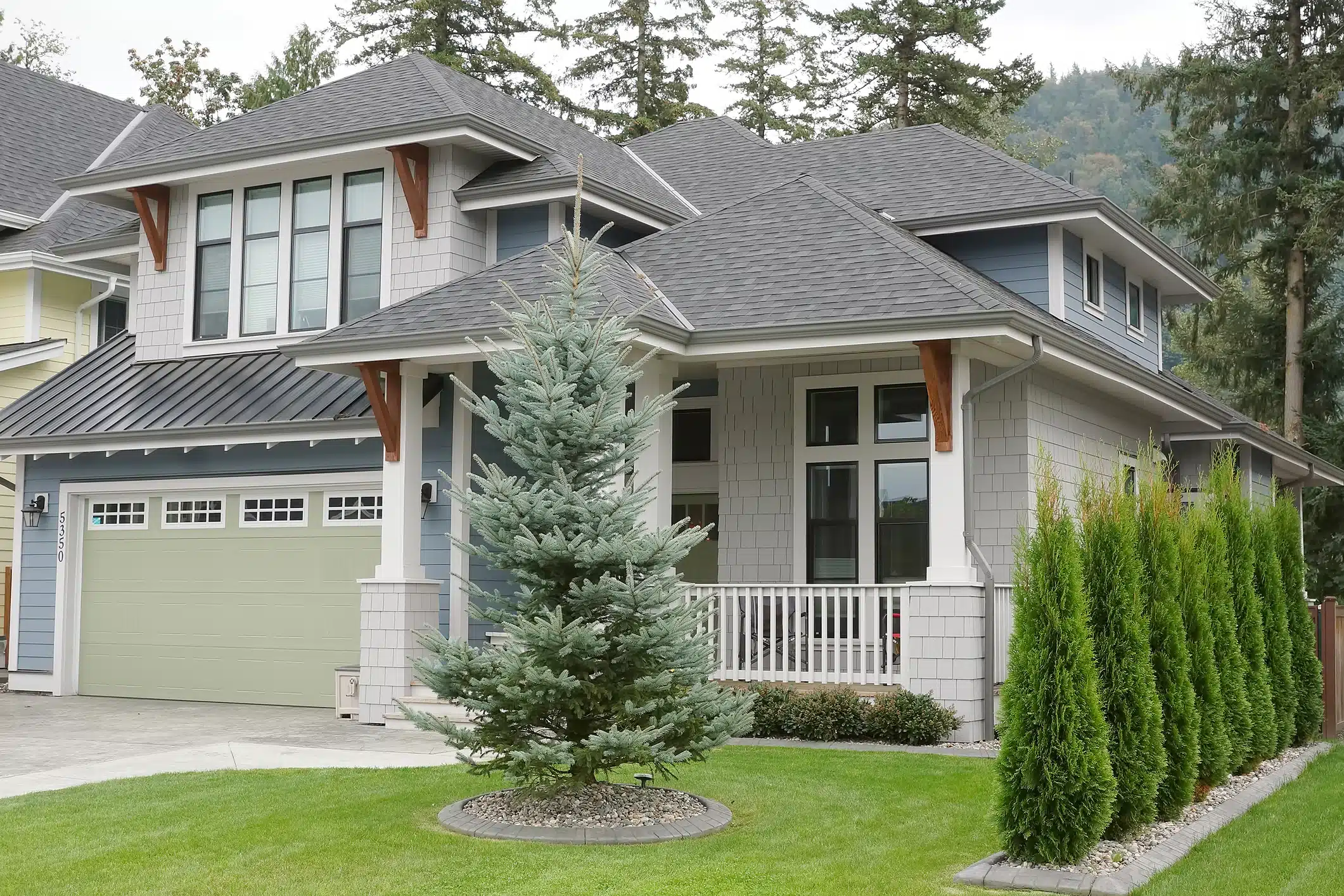Siding Types & Styles
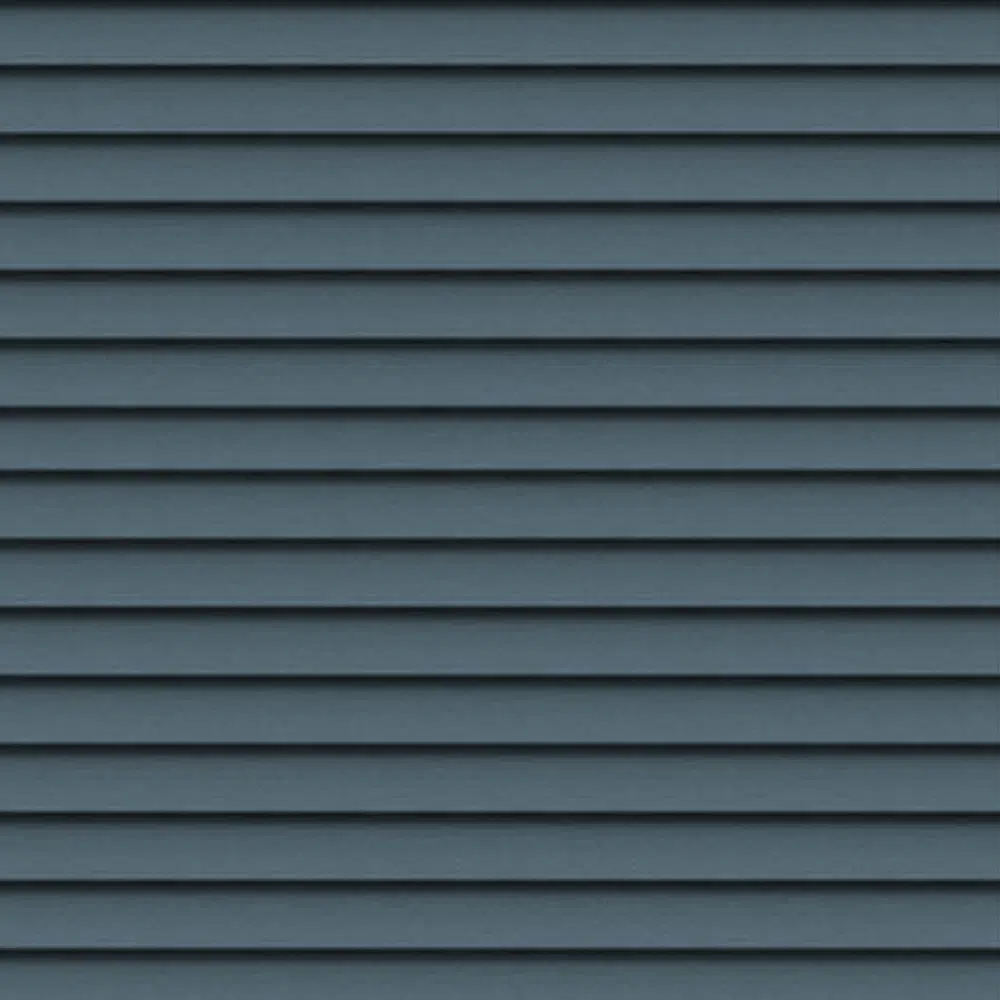

Clapboard Siding
Clapboard siding is the type of siding you’re most likely to see on homes today. This siding is made of long, narrow boards that are installed horizontally across the exterior wall. It comes in a large range of colors and textures as well as insulated and non-insulated styles. Clapboard is a wood plank and typically costs between $5 and $8 per square foot. It is a sustainable product that can last for decades. However, the maintenance is higher since it's wood.
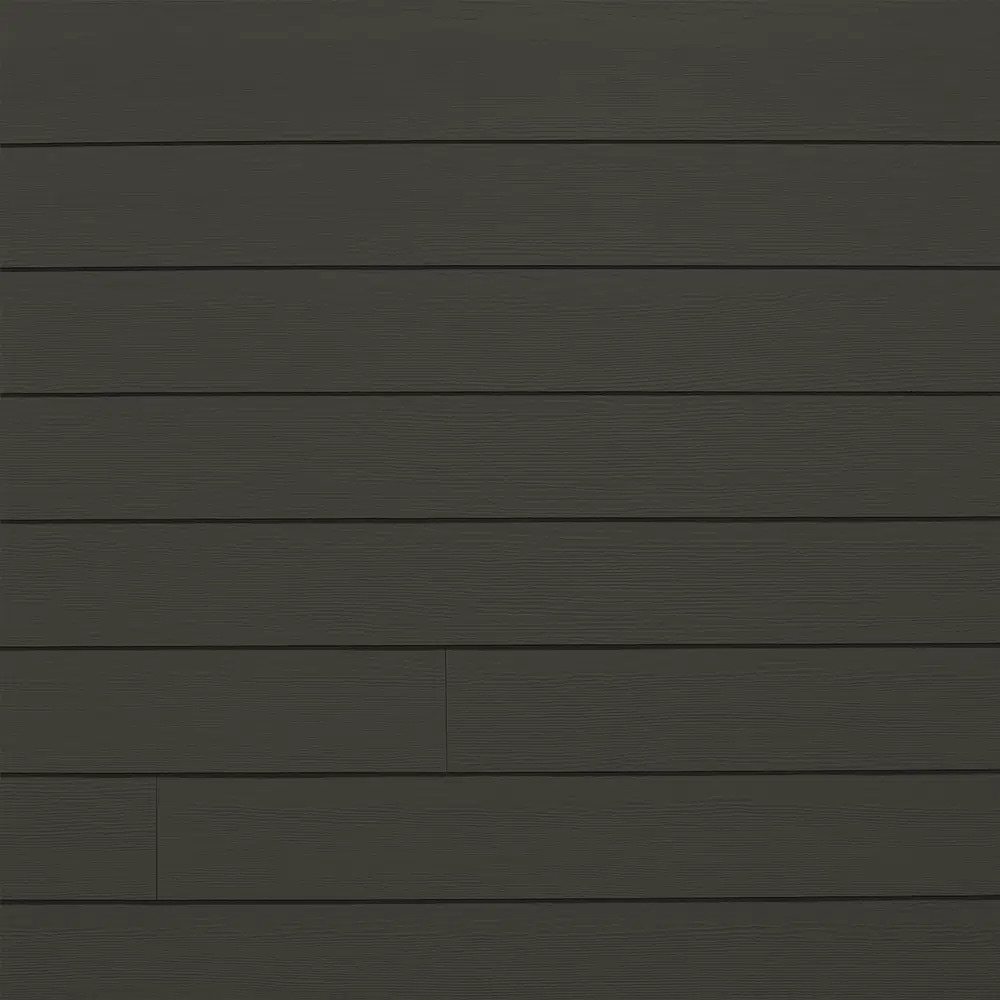

Traditional Lap Siding
Traditional lap siding is a subset of clapboard siding. Like clapboard siding, lap siding is also made of wood and nailed horizontally across the wall. The main difference between the two is that clapboard tends to be flat, with no shadow line showing, while lap siding will project a bit further out. The siding is layered one over the other starting from the top. Traditional lap siding is sustainable and has a long life. However, it has a higher maintenance need.
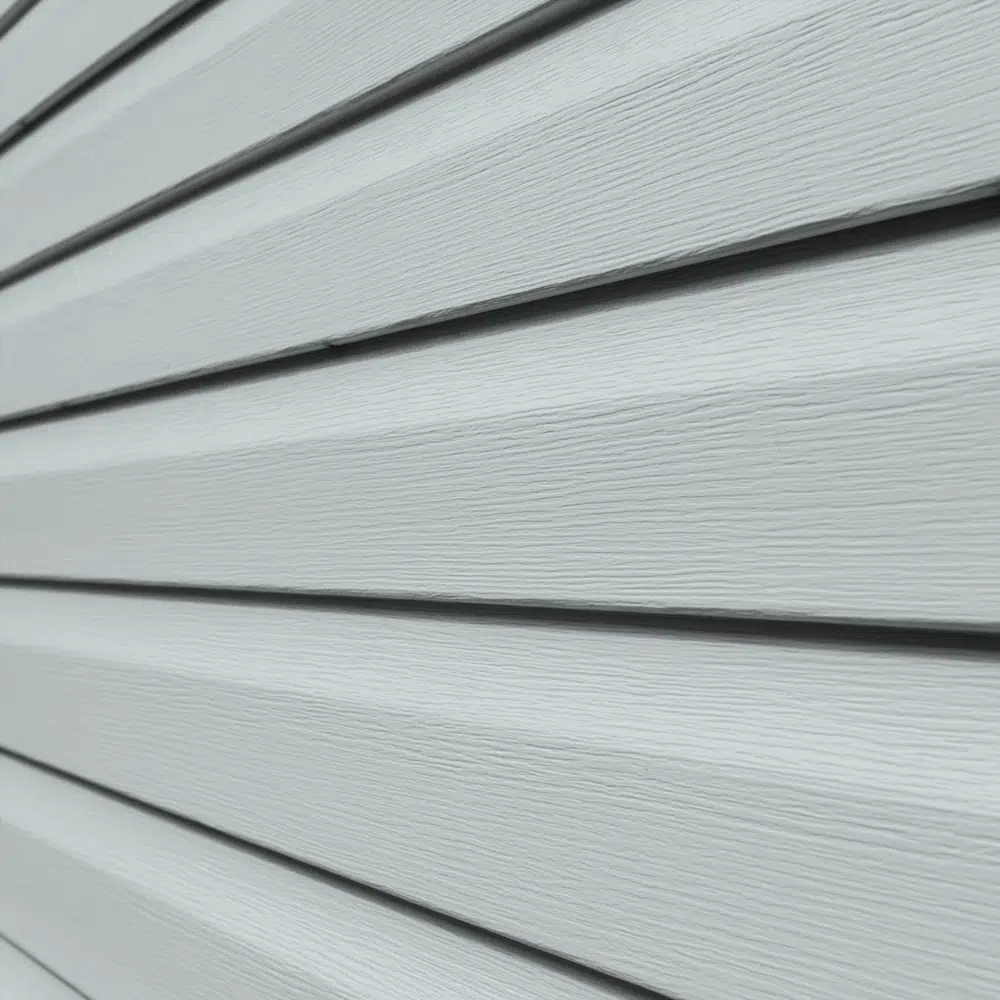

Dutch Lap Siding
Dutch Lap siding is another one of the most popular home siding styles. It also has long horizontal planks. However, instead of being laid one over the other they have shallow valleys between each board. Dutch lap is more expensive because it requires more labor to install, so it’s at the higher end of the average clapboard siding in cost.
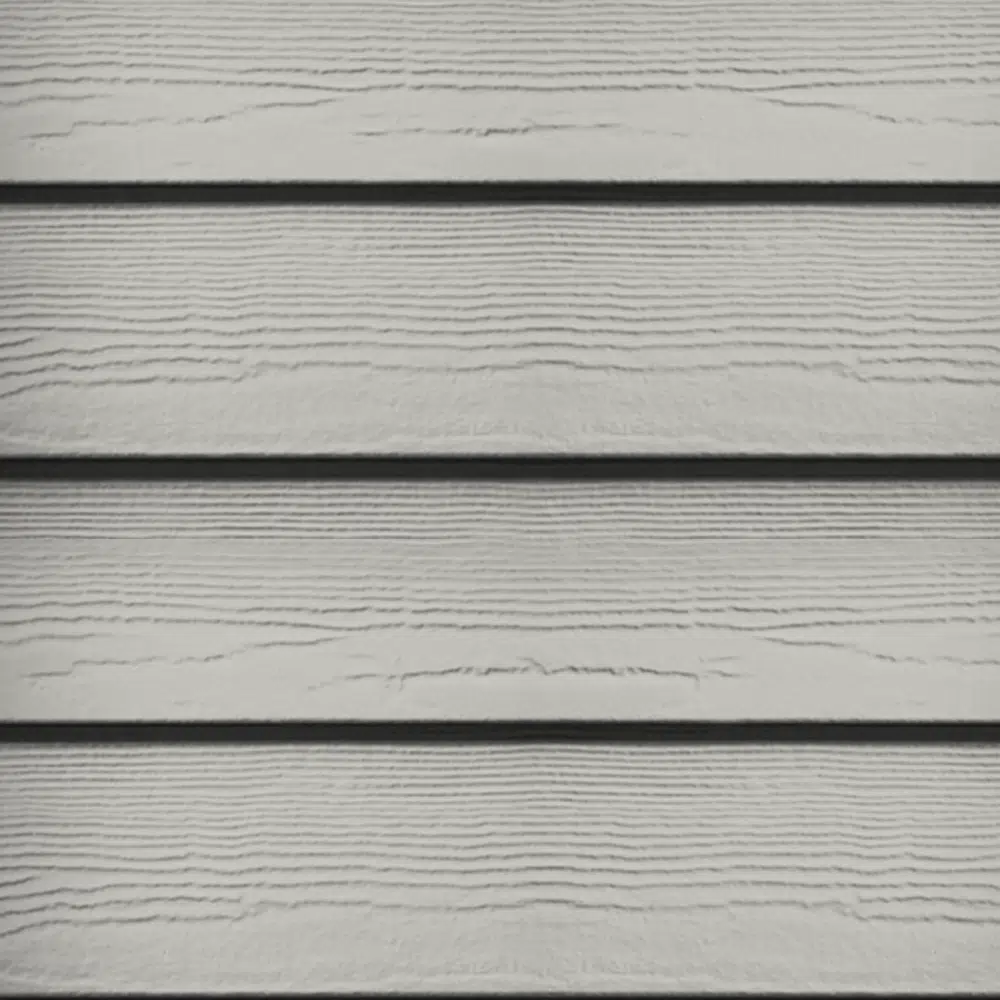

Wood Grain Siding
Wood grain siding is vinyl siding manufactured to look like it has a wood grain. It is very versatile and durable. For example, it can be installed both vertically and horizontally for a wide range of designs. Wood grain vinyl siding will typically last longer than wood siding and has an overall lower maintenance cost. Most vinyl siding will cost between $5 and $12 per square foot to install.
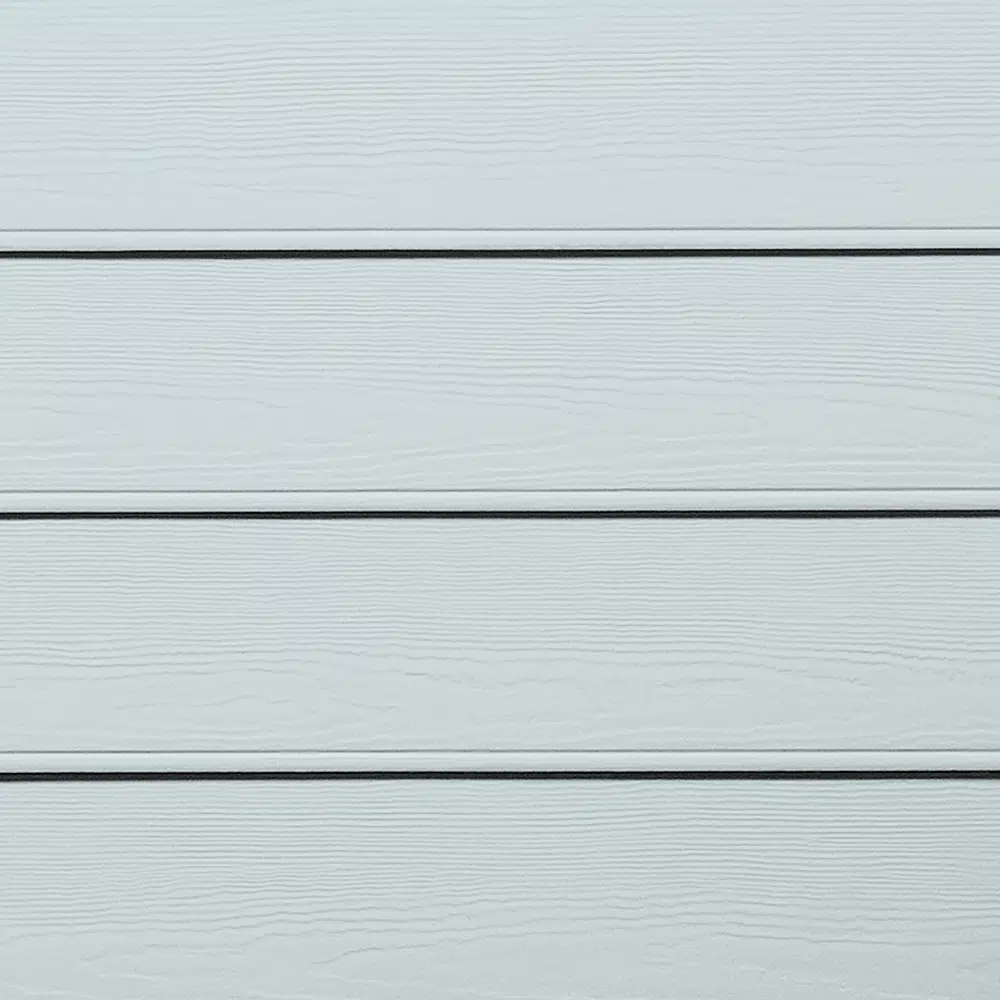

Beaded Seam Siding
Beaded seam siding is another horizontal style of siding. This siding has a shadow line on the bottom of each panel. That line adds depth to the siding and makes it look like craftsmen hand cut the planks. It comes in many colors which makes it very versatile. Plus, beaded seam siding comes in vinyl, so it has a low maintenance cost.
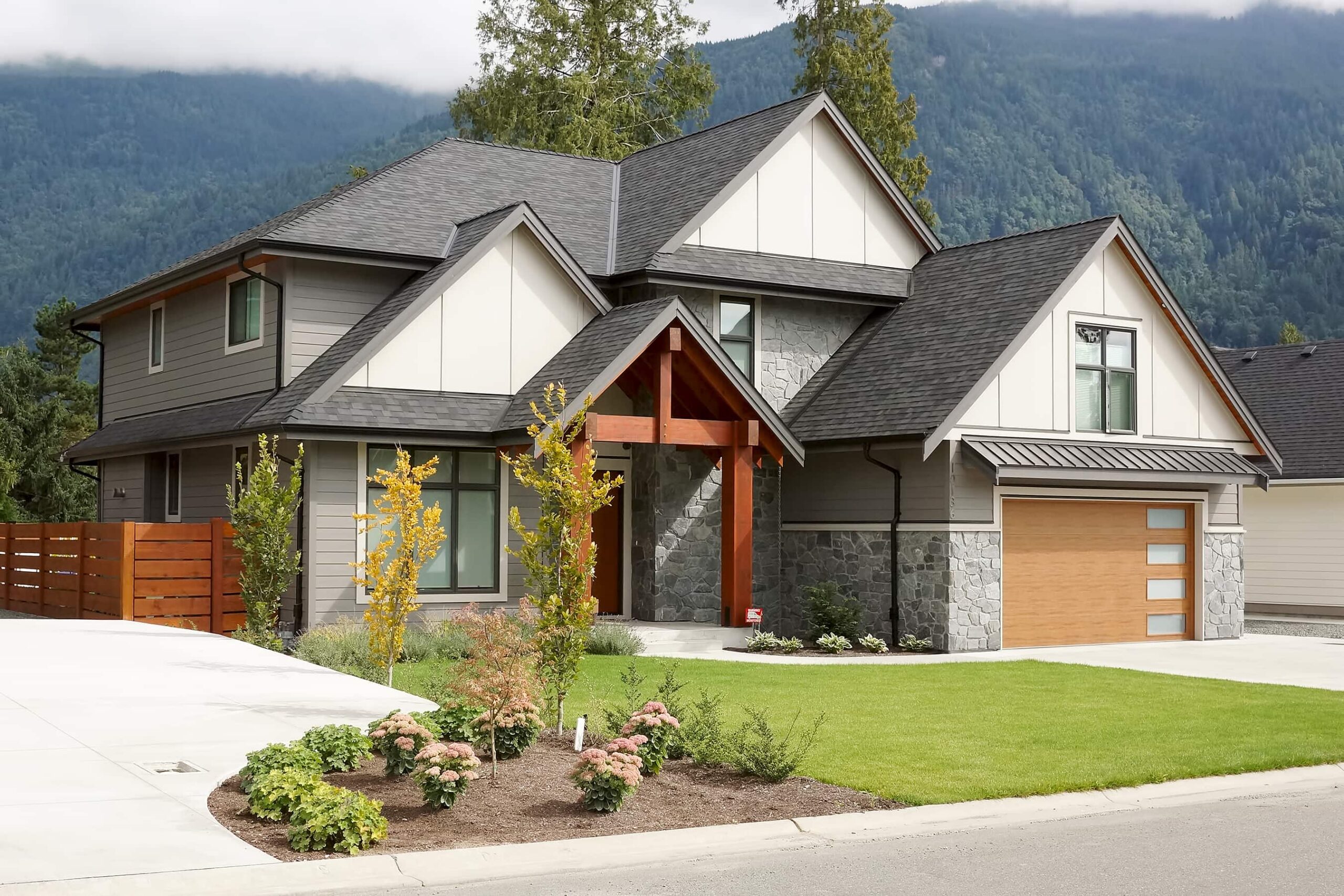
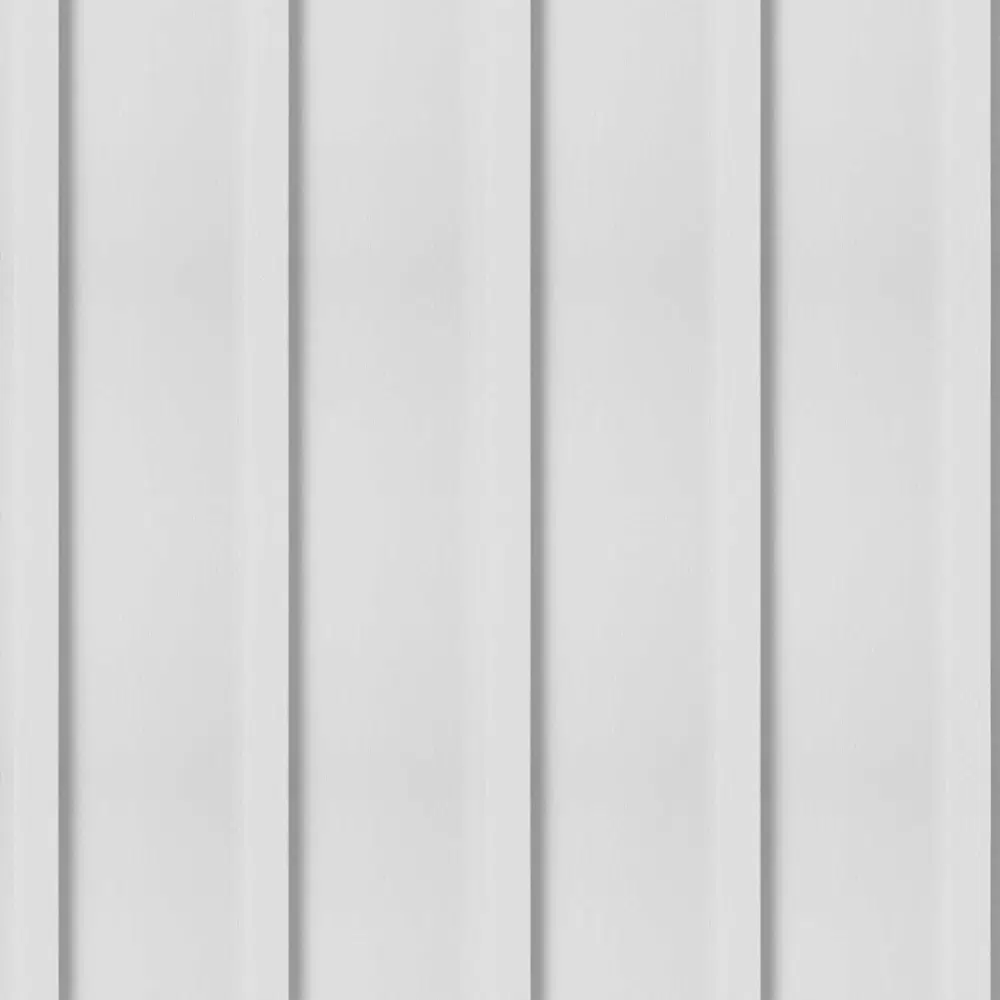
Board and Batten Siding
Board and batten siding is also known as barn siding. It is the widest style of siding and can be installed both vertically and horizontally. When installed vertically, it can make a house or building seem taller. Board and batten siding also comes in a range of different materials, including wood, vinyl, and engineered wood. The type of material you choose will determine the final cost of installation.
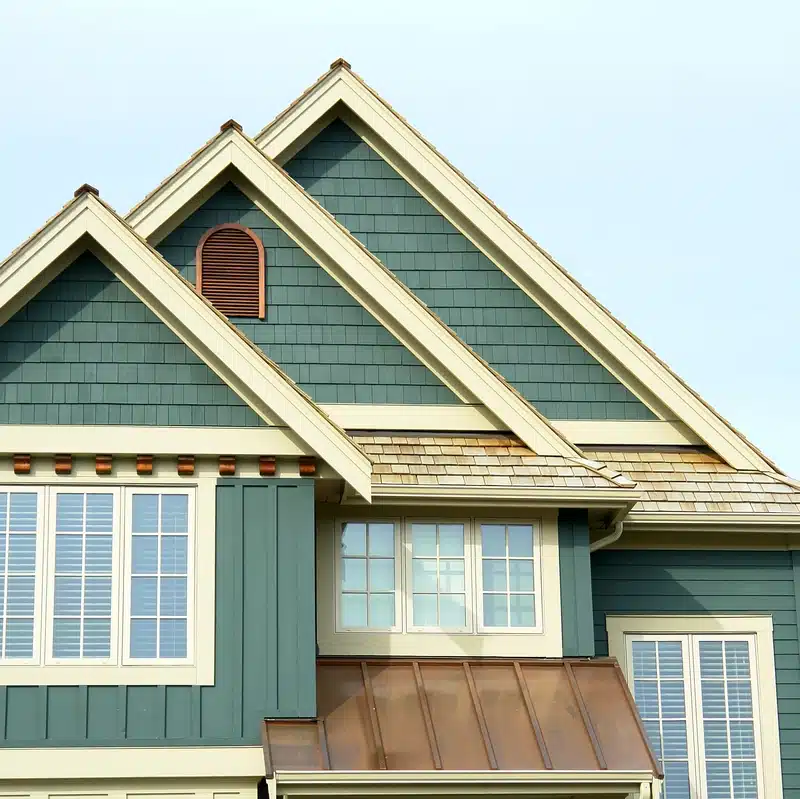
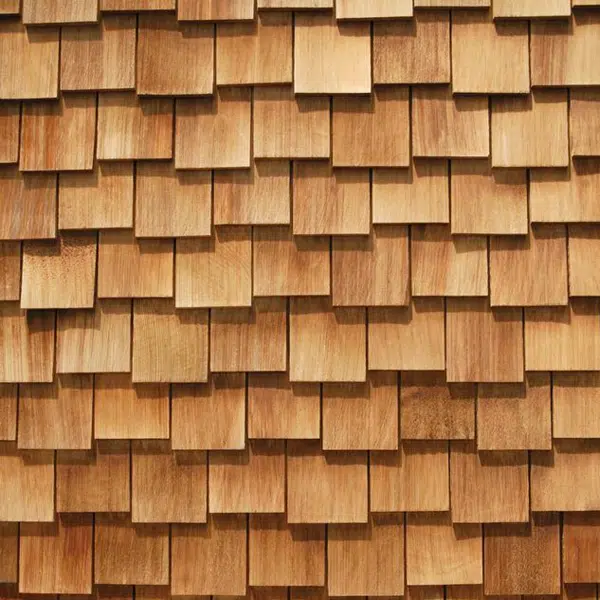
Cedar Shake Siding
Cedar shakes are made from sawn wood to create a less uniform covering. The shakes are thicker and more durable than regular wood siding. Cedar shakes add a more textured look and it comes in a variety of colors. Real cedar shakes come in a rich color, but they can go grey over time. You’ll need to add a fresh stain every few years to maintain their appearance, which adds to the maintenance cost. It can also be a bit more expensive, with the average cost of installation ranging between $8 and $13 per square foot.
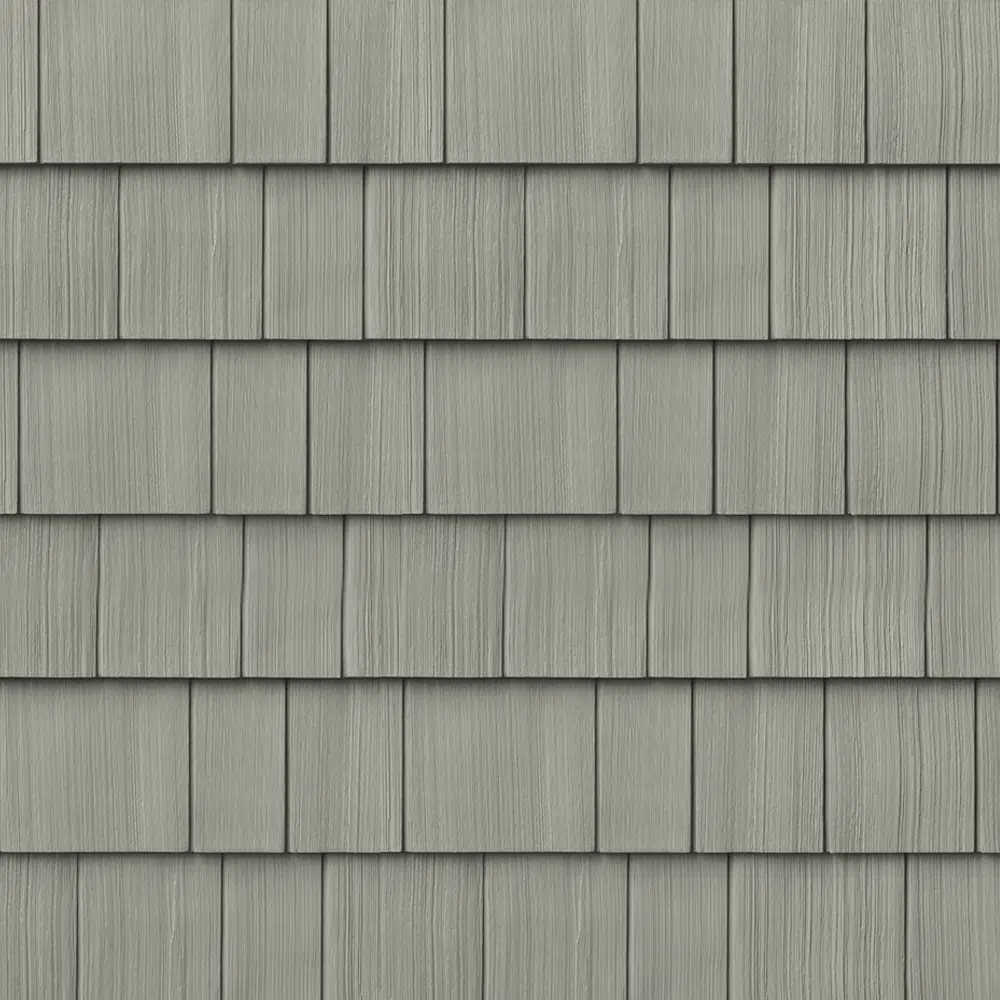

Traditional Shake Siding
Straight edge shingles are similar to cedar shakes except they are more uniform. This style of shake siding comes in multiple materials, which means the maintenance level and cost of installation will vary depending on what type of material is used.
